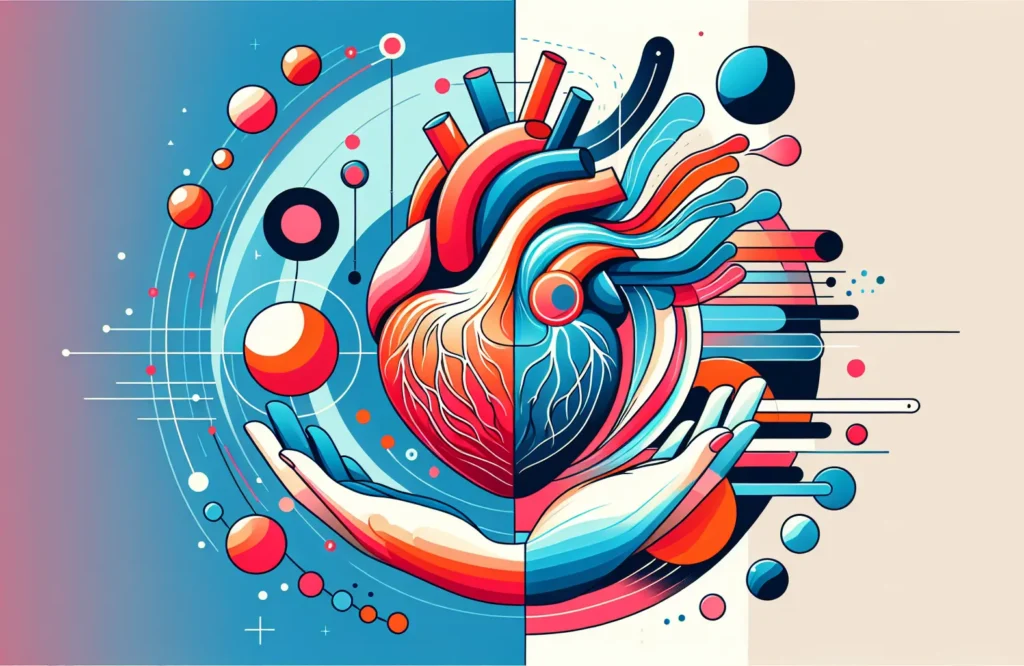
By CAFMI From JAMA
The heart’s function during the cardiac cycle is essential knowledge for clinicians, especially primary care physicians. Systole is the phase when the heart muscles contract and pump oxygenated blood into the arteries, representing strength and force. Diastole is the relaxation phase, where the heart chambers fill with blood, showing openness and receptivity. These phases work together to maintain effective circulation, vital for sustaining life. Recognizing the roles of systole and diastole aids in understanding normal heart function and identifying abnormalities that can affect patient health.
In primary care practice, appreciating the dynamics between systole and diastole is critical for diagnosing and managing cardiovascular conditions. Elevated systolic or diastolic pressures may indicate different underlying pathologies such as hypertension or heart failure, influencing treatment strategies. Clinicians should assess both phases to evaluate cardiac performance comprehensively. This dual consideration supports more accurate cardiovascular risk assessment and helps tailor therapies that address systolic contraction and diastolic relaxation deficiencies. Understanding these mechanisms guides decisions on medication, lifestyle interventions, and referrals for specialized care.
Beyond the physiological mechanics, the heart’s systole and diastole also offer metaphoric insights into balancing firmness and flexibility in clinical decisions and patient care. Just as the heart must contract and relax to function properly, clinicians balance clear, decisive management with openness to new information and patient needs. This balanced approach can improve patient outcomes by fostering adaptability and responsiveness in treatment plans. Emphasizing this interplay helps clinicians appreciate the complexity of cardiovascular health and the holistic nature of patient care.
Read The Original Publication Here